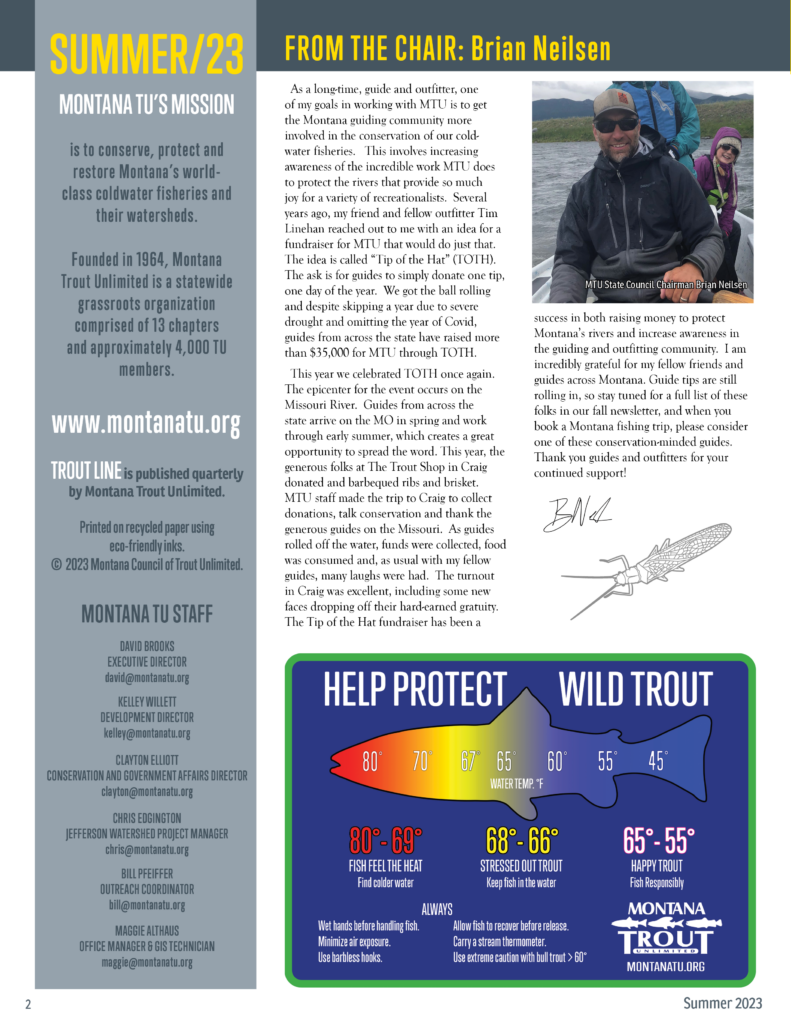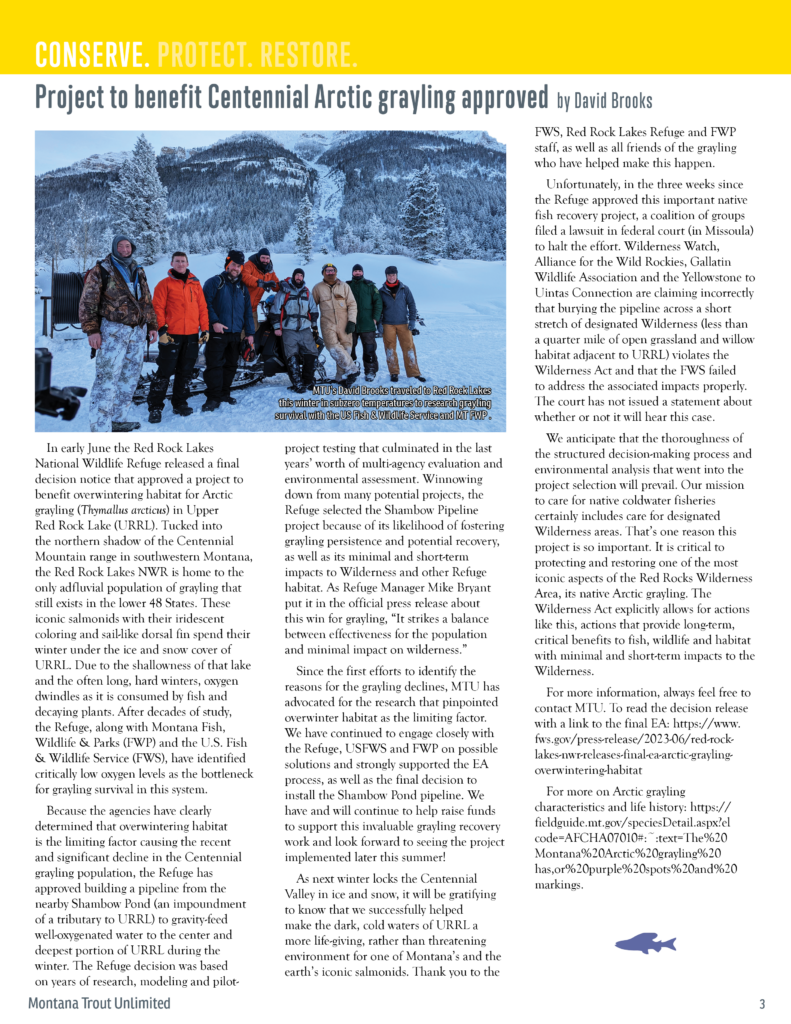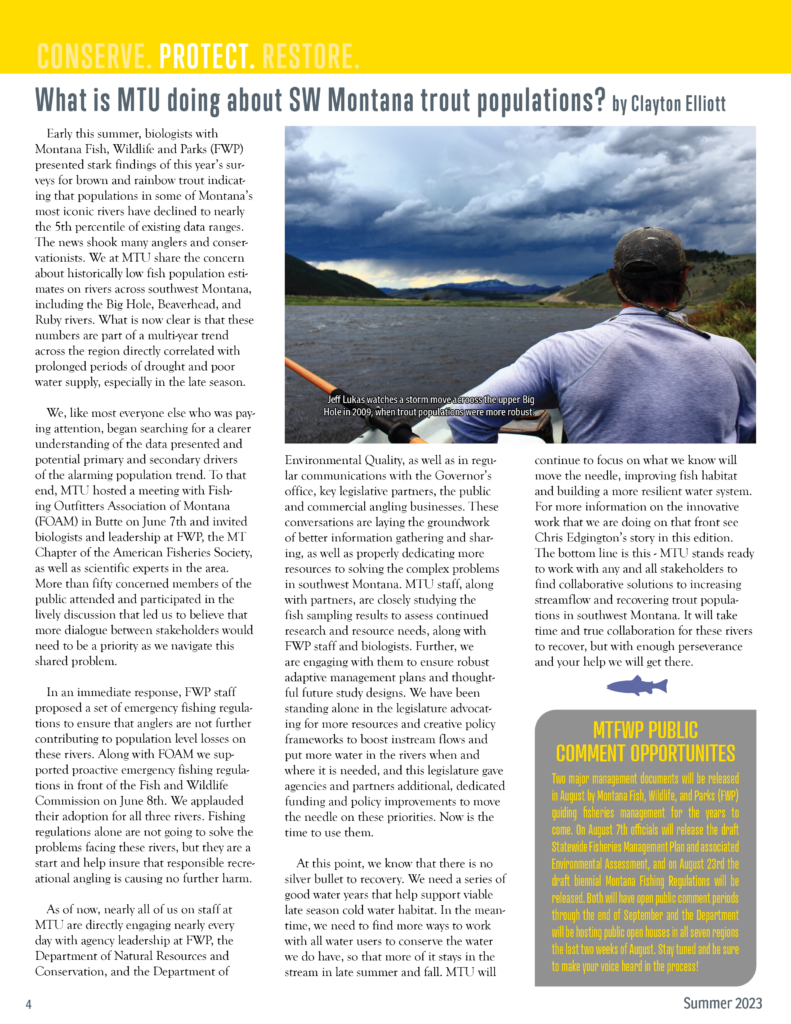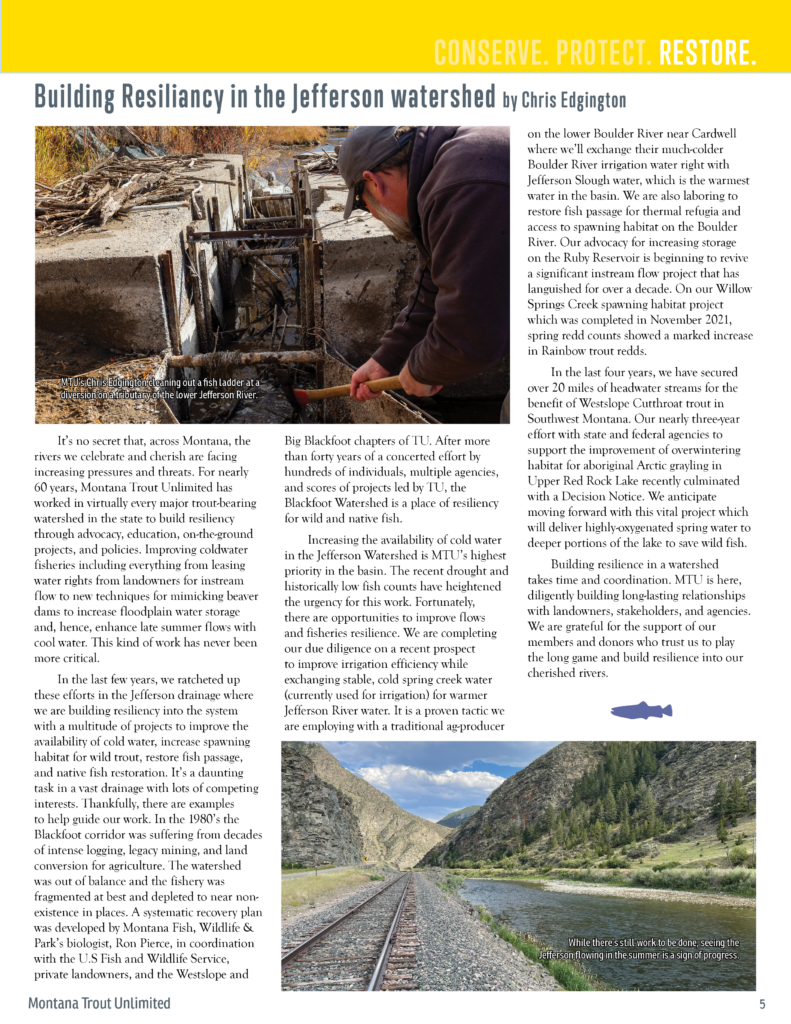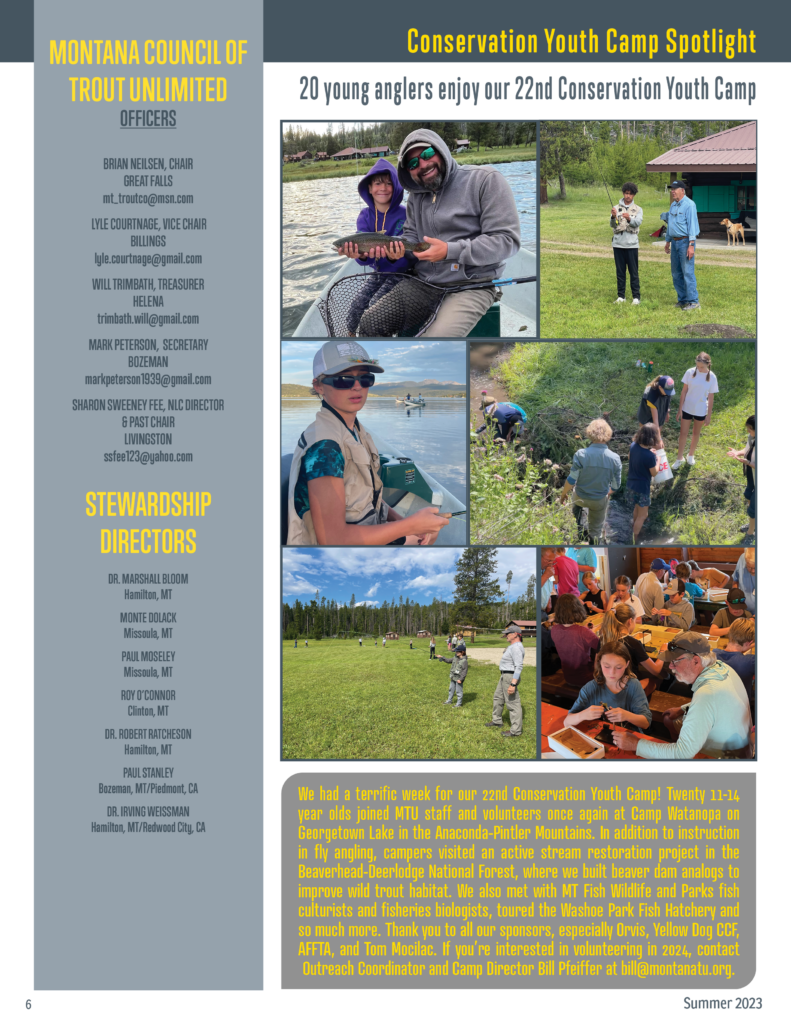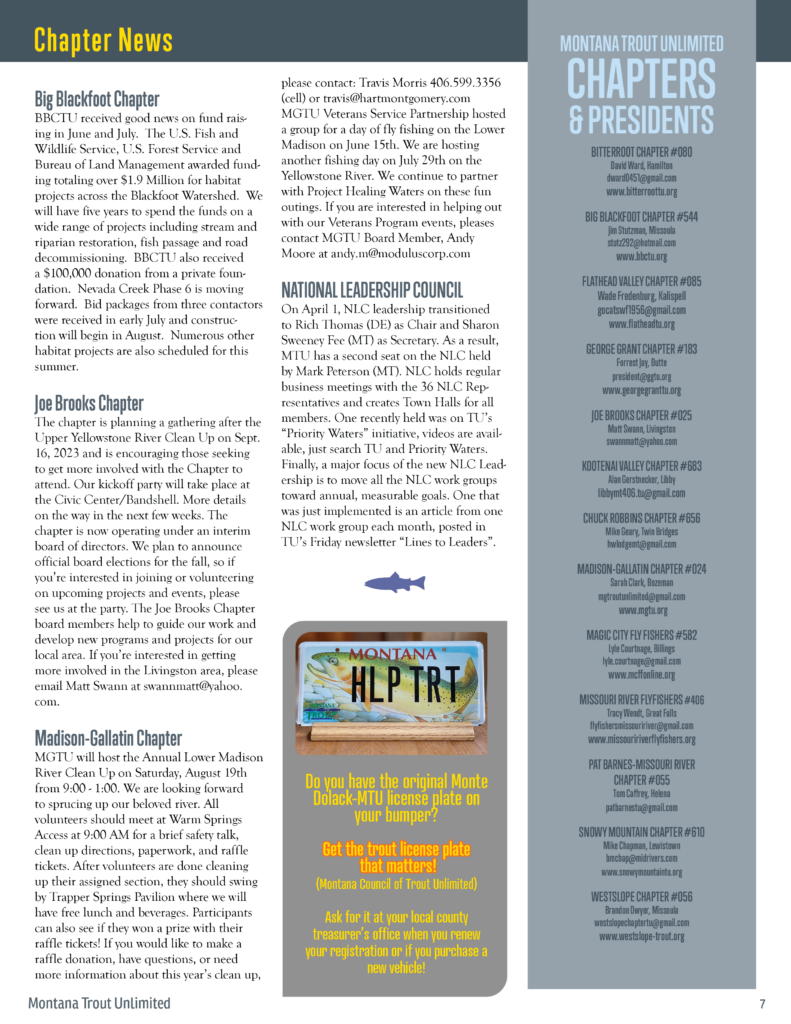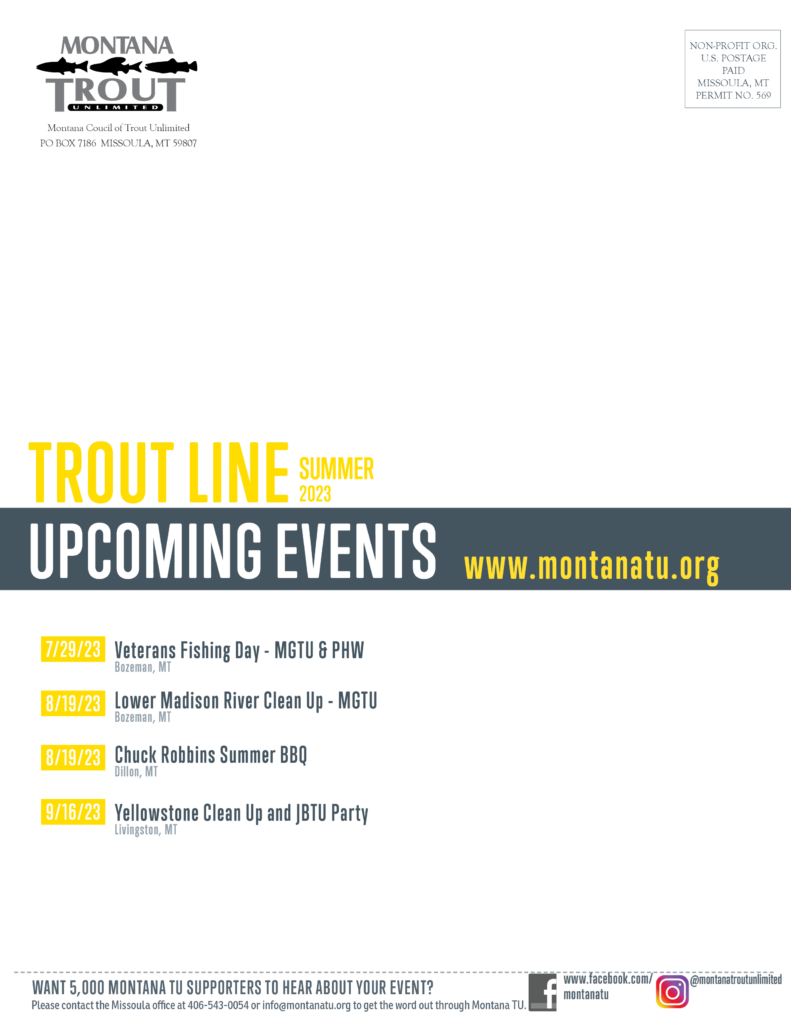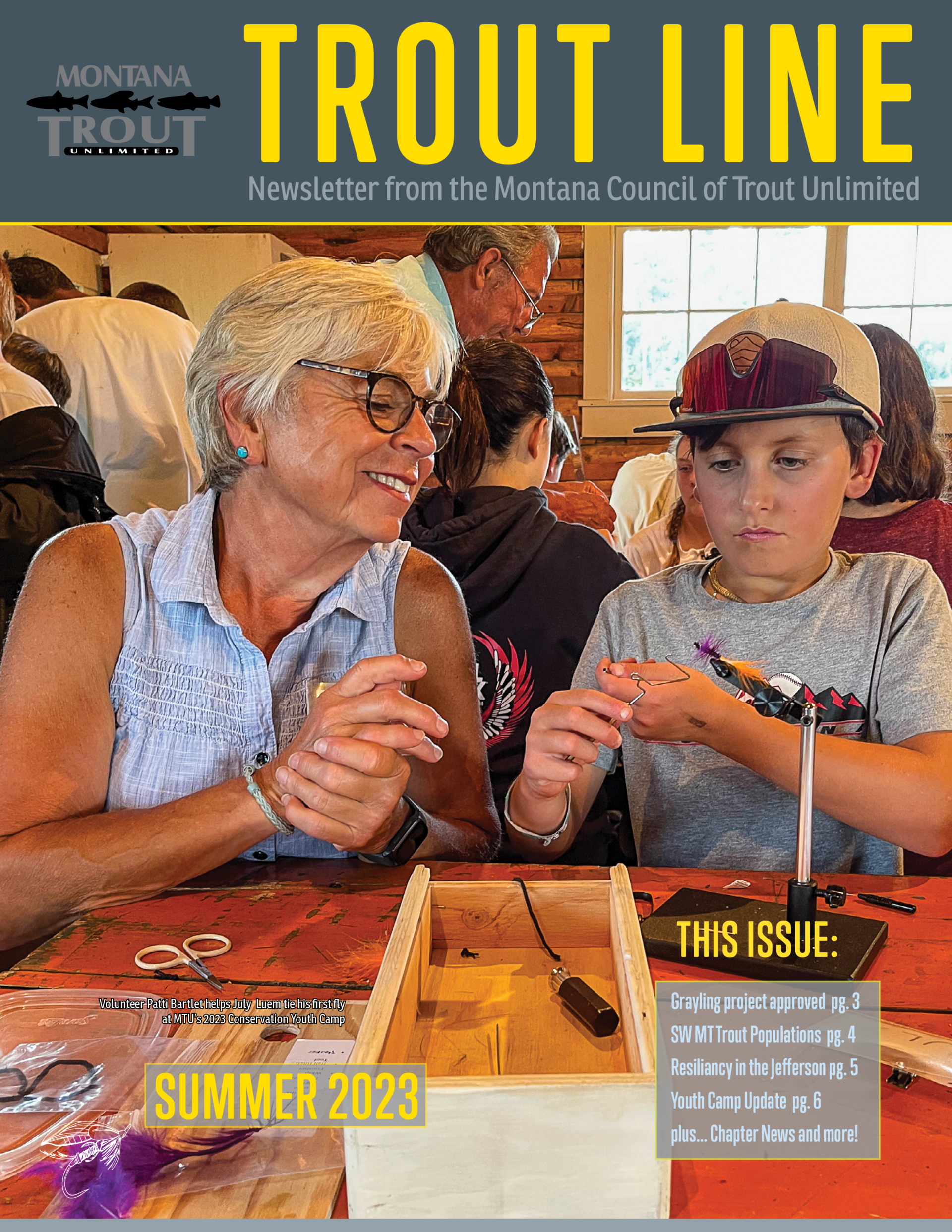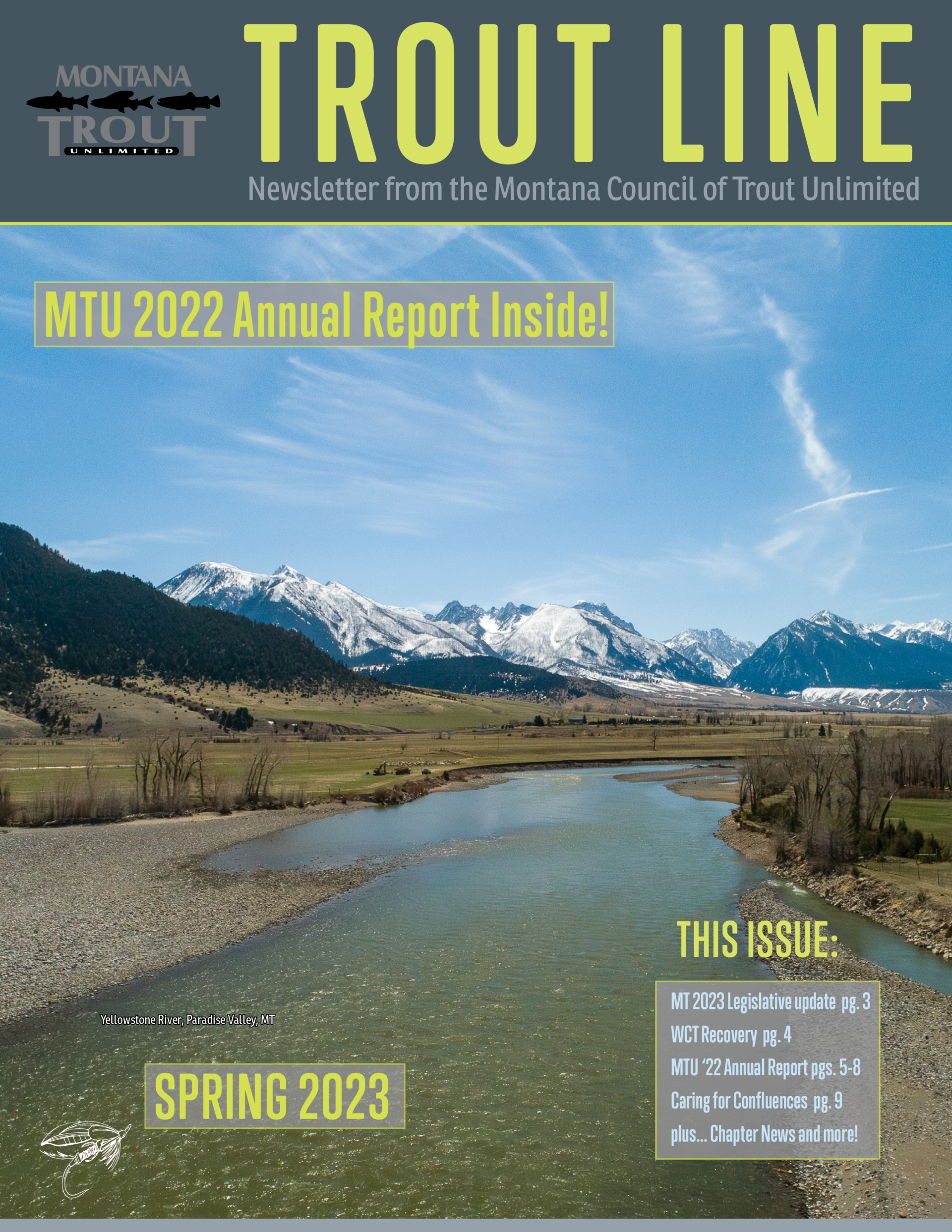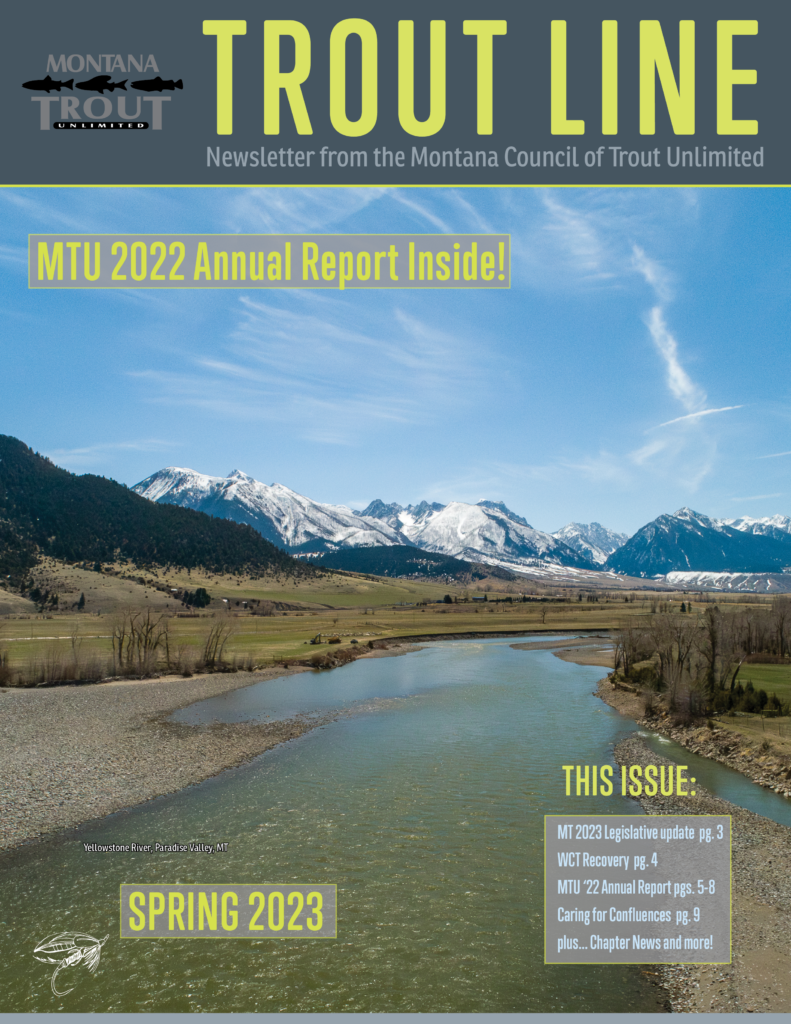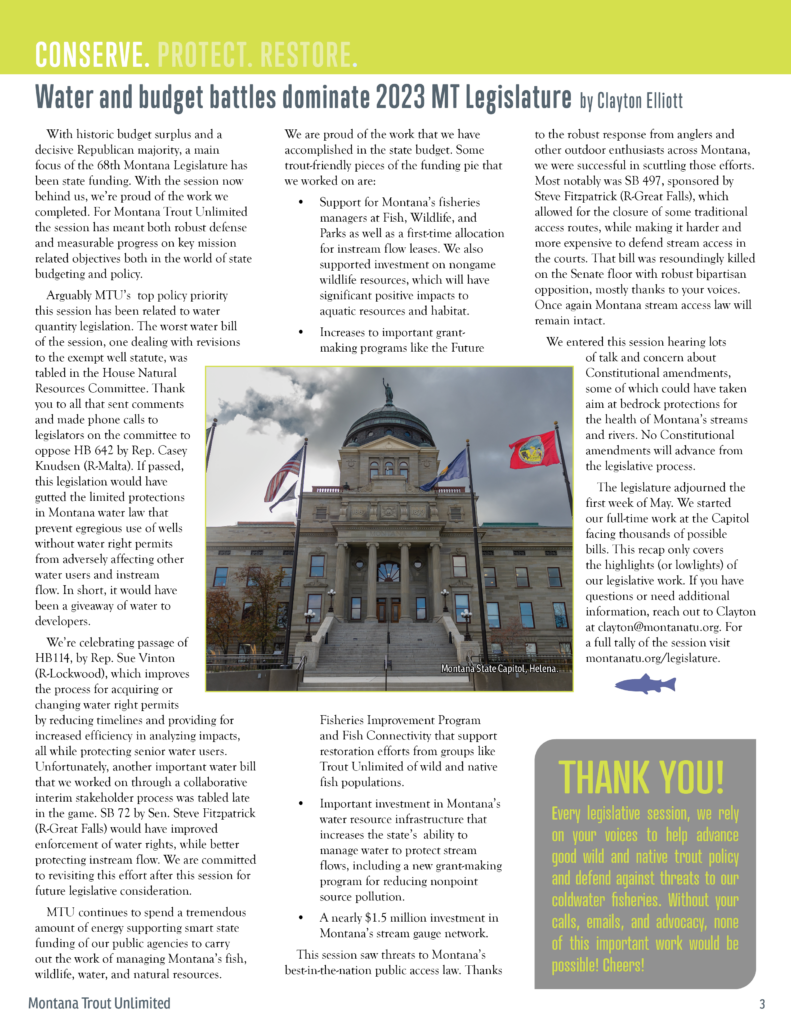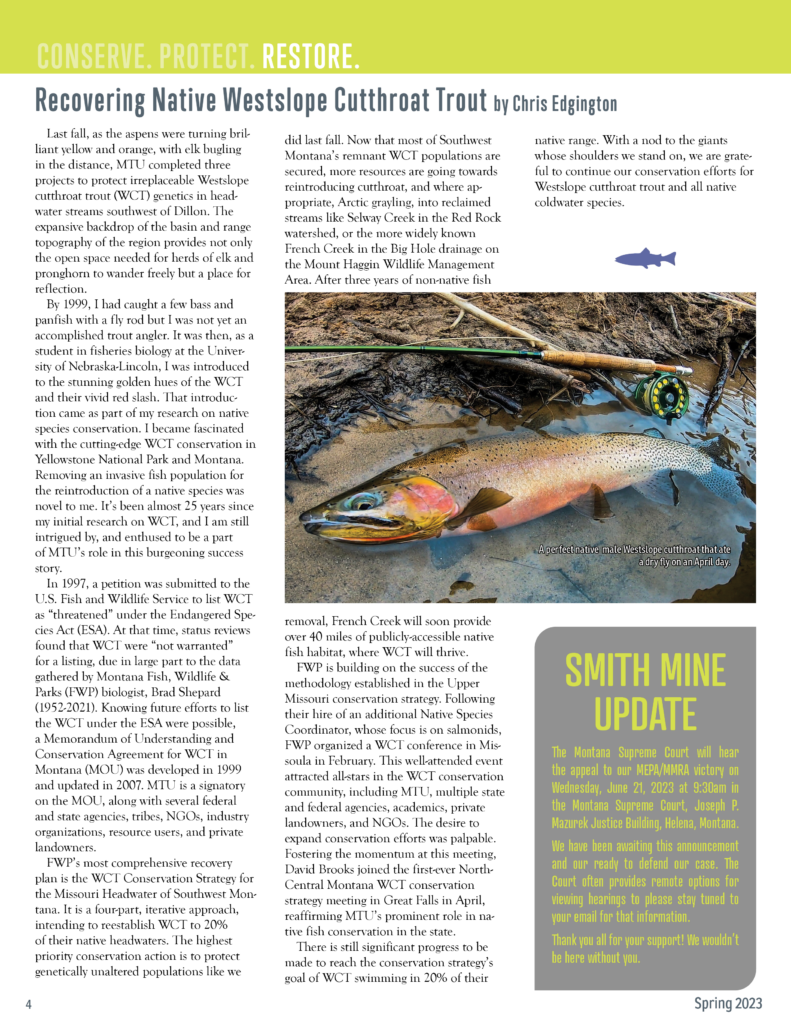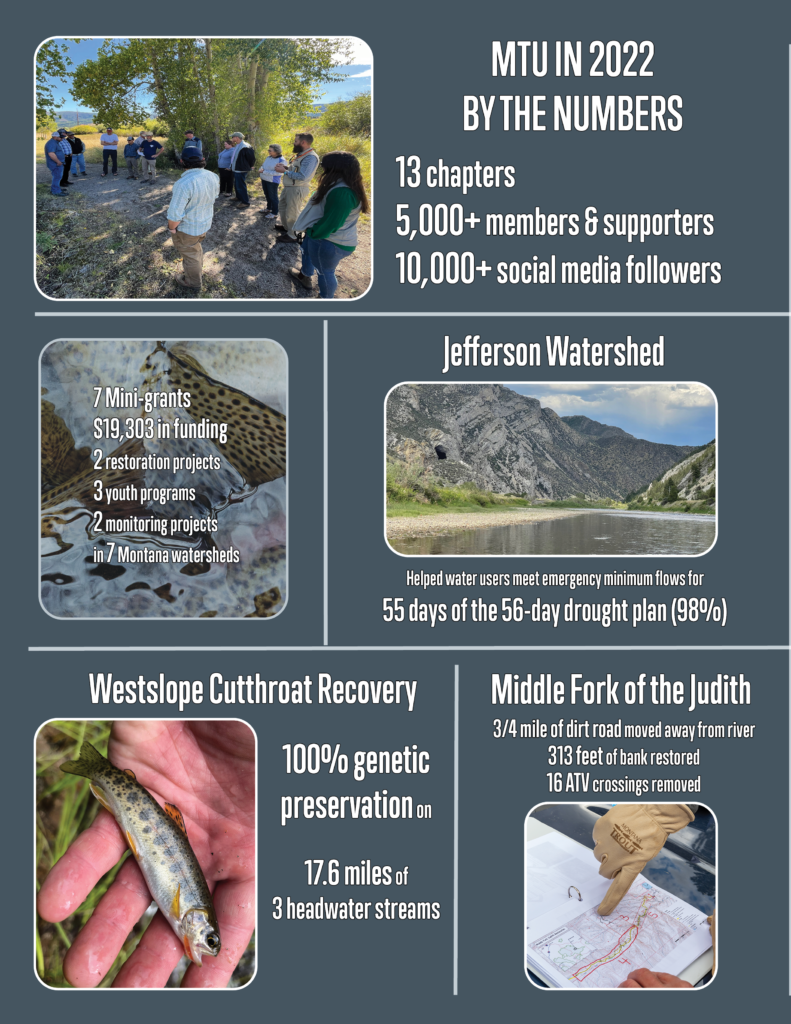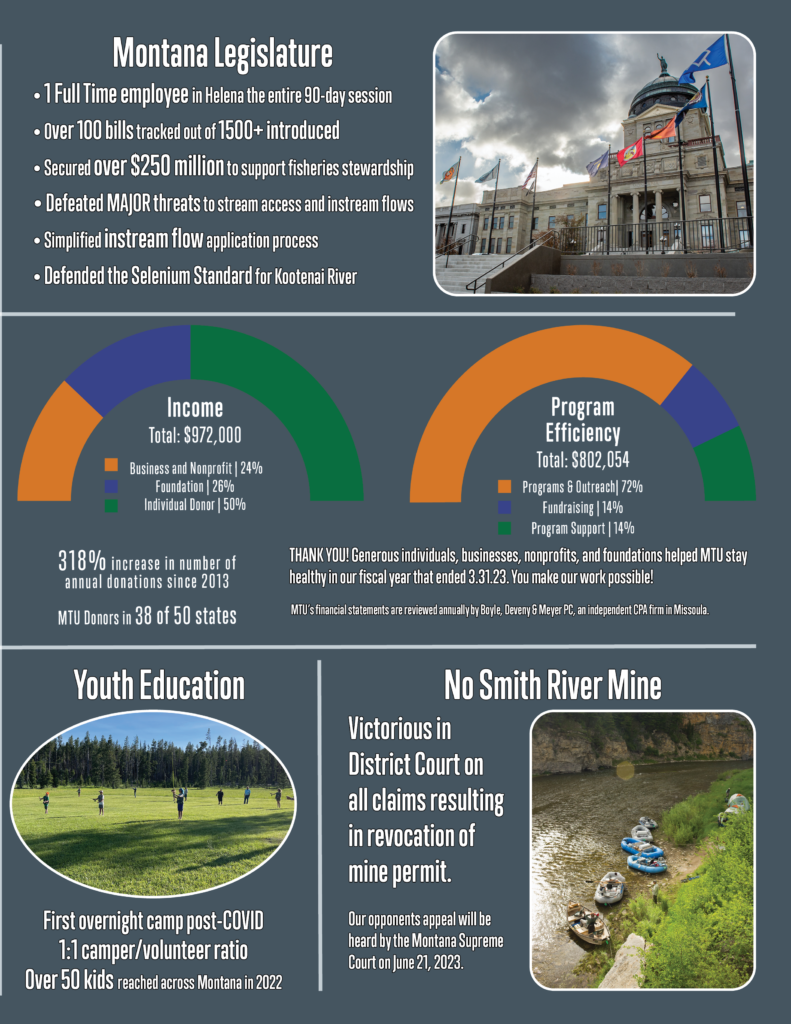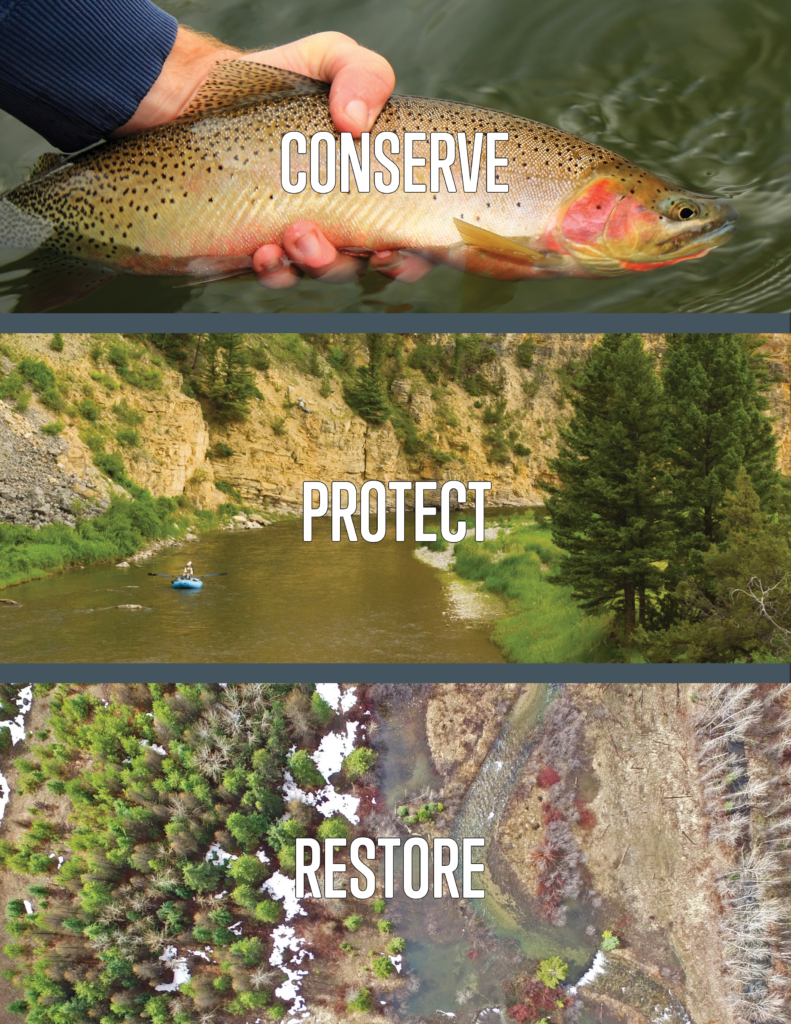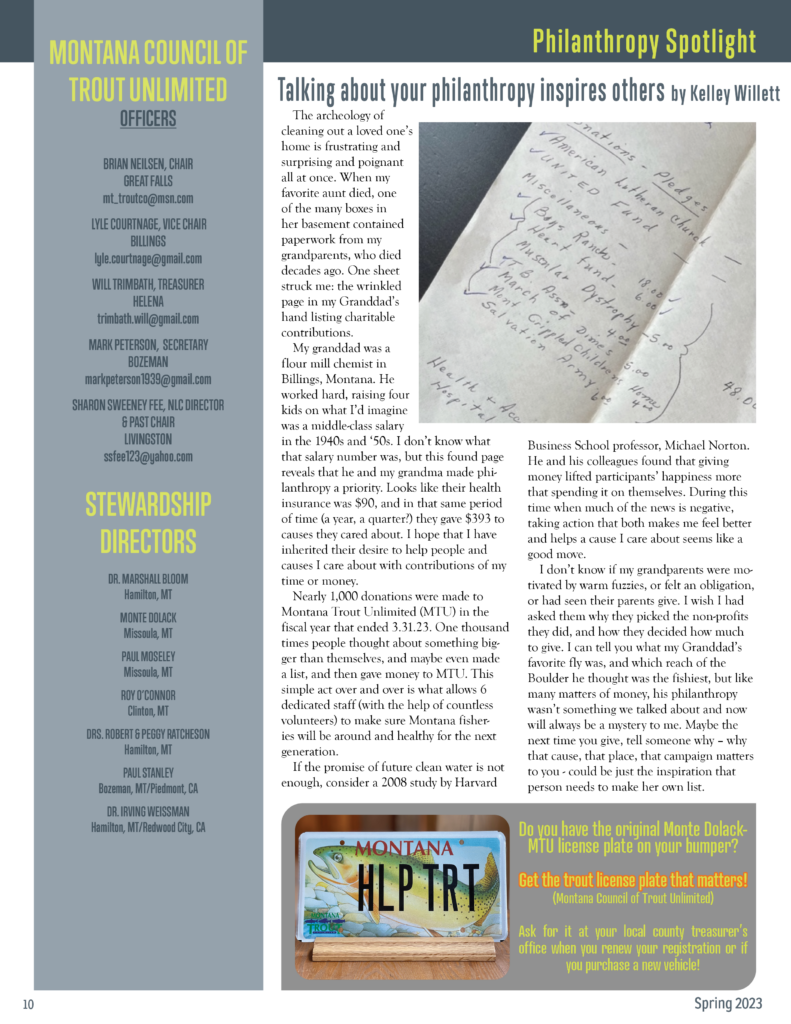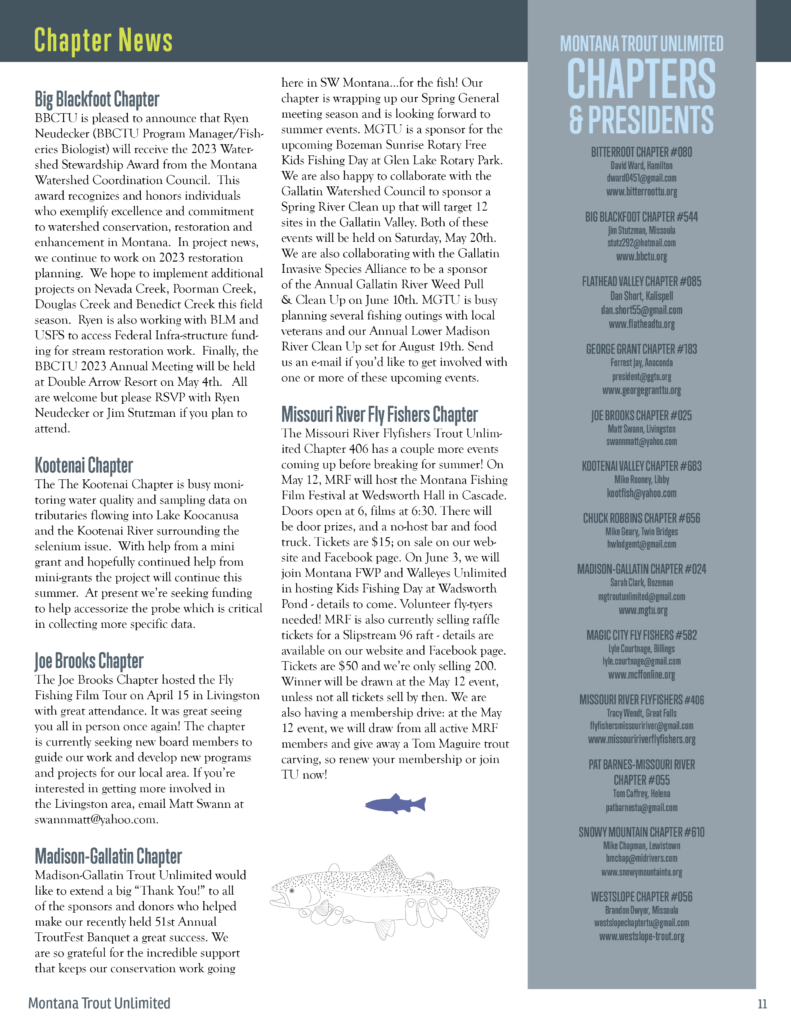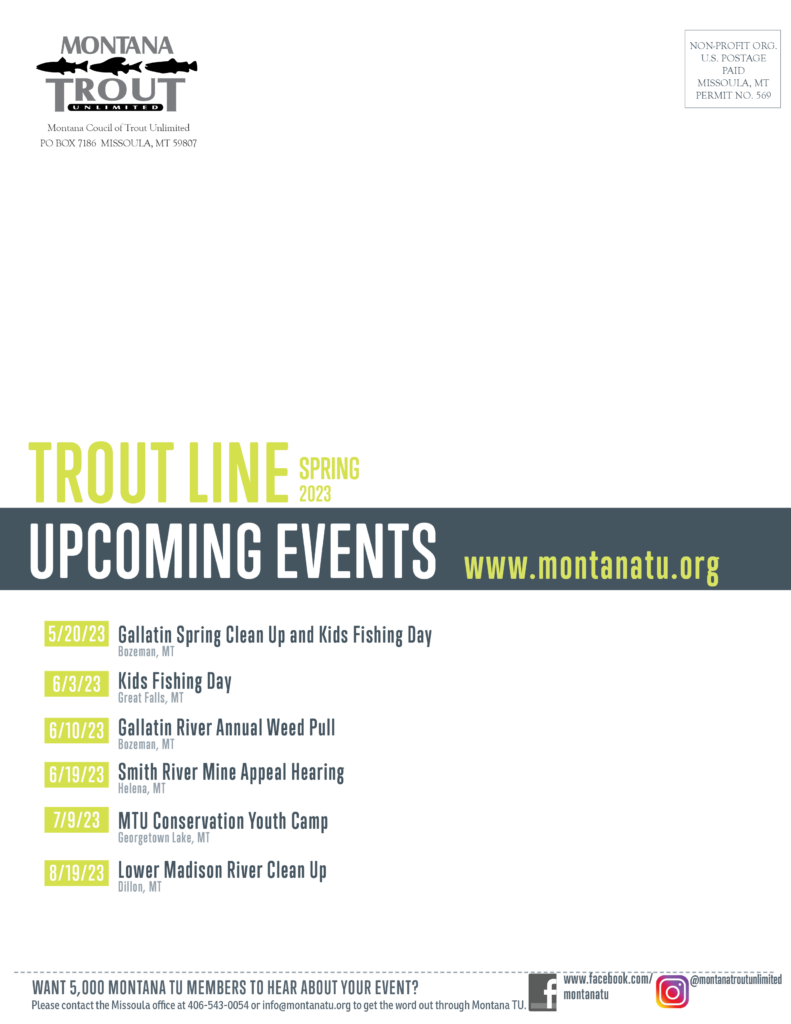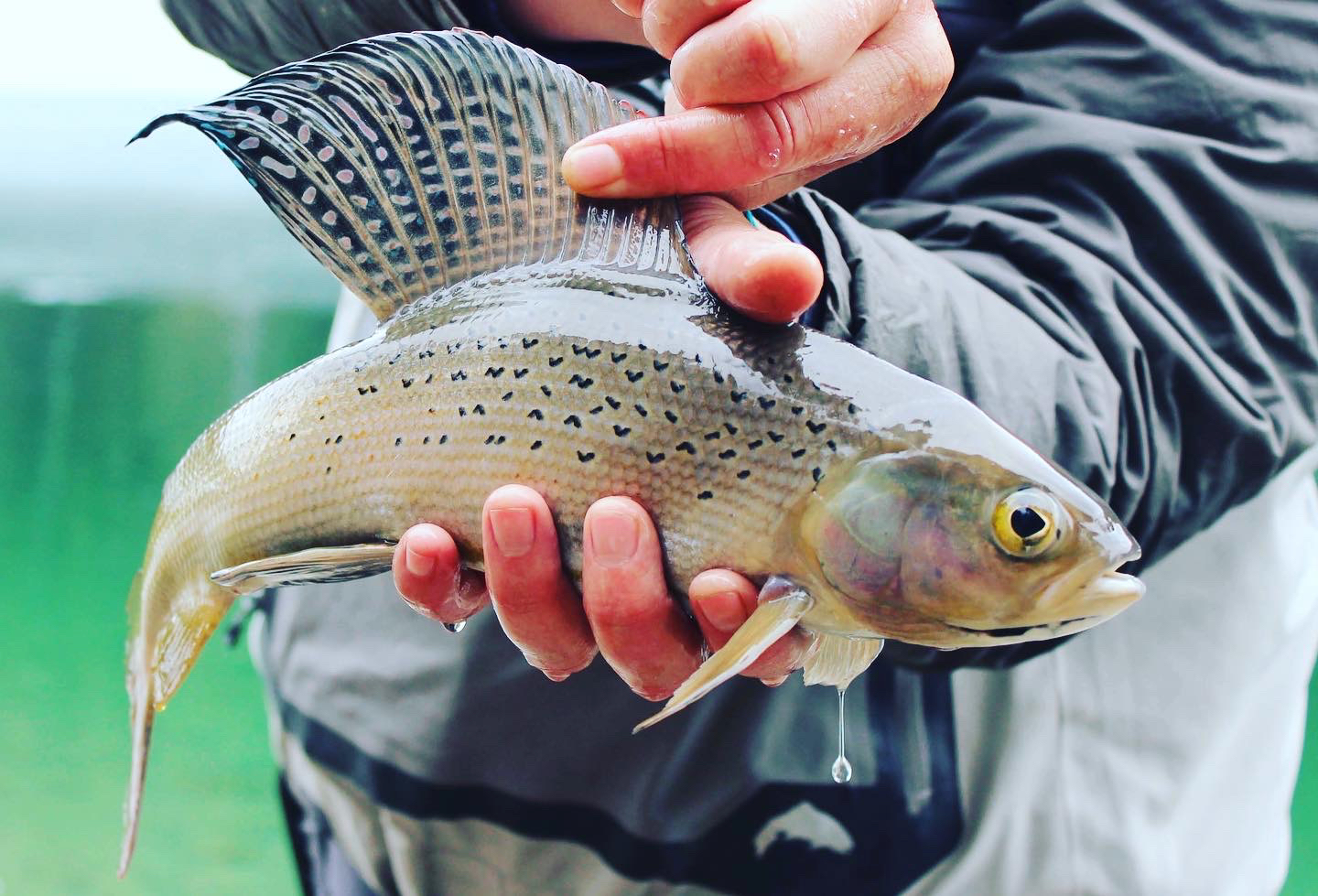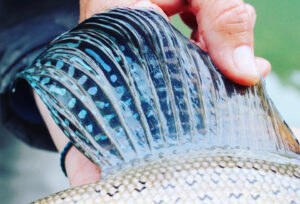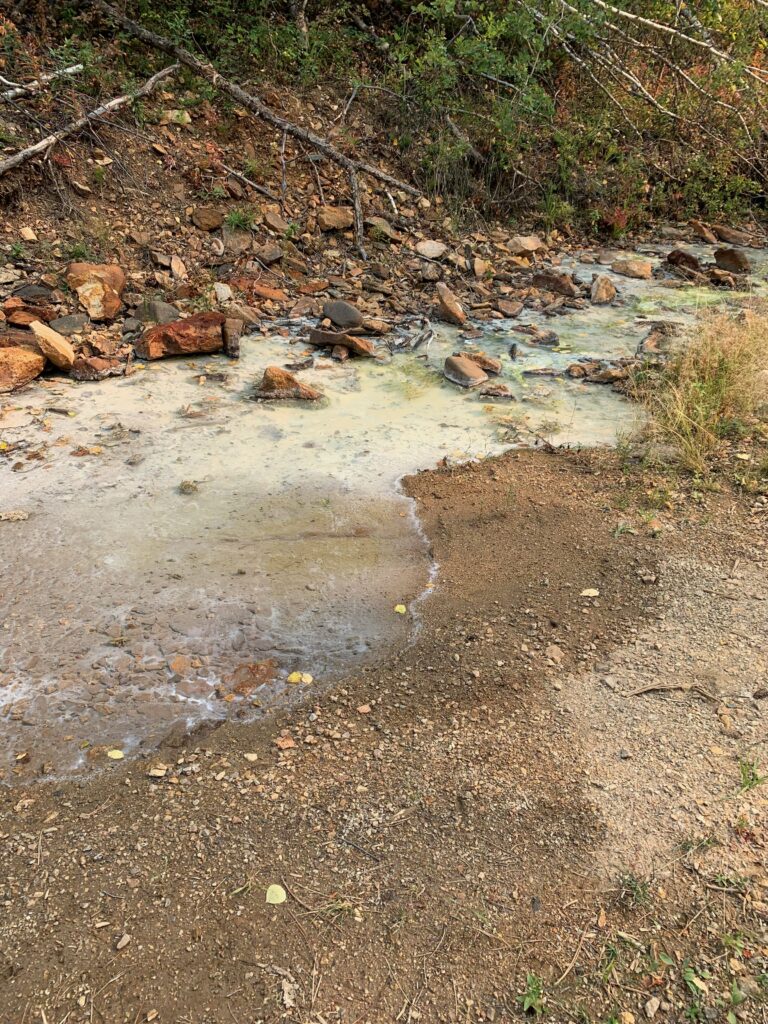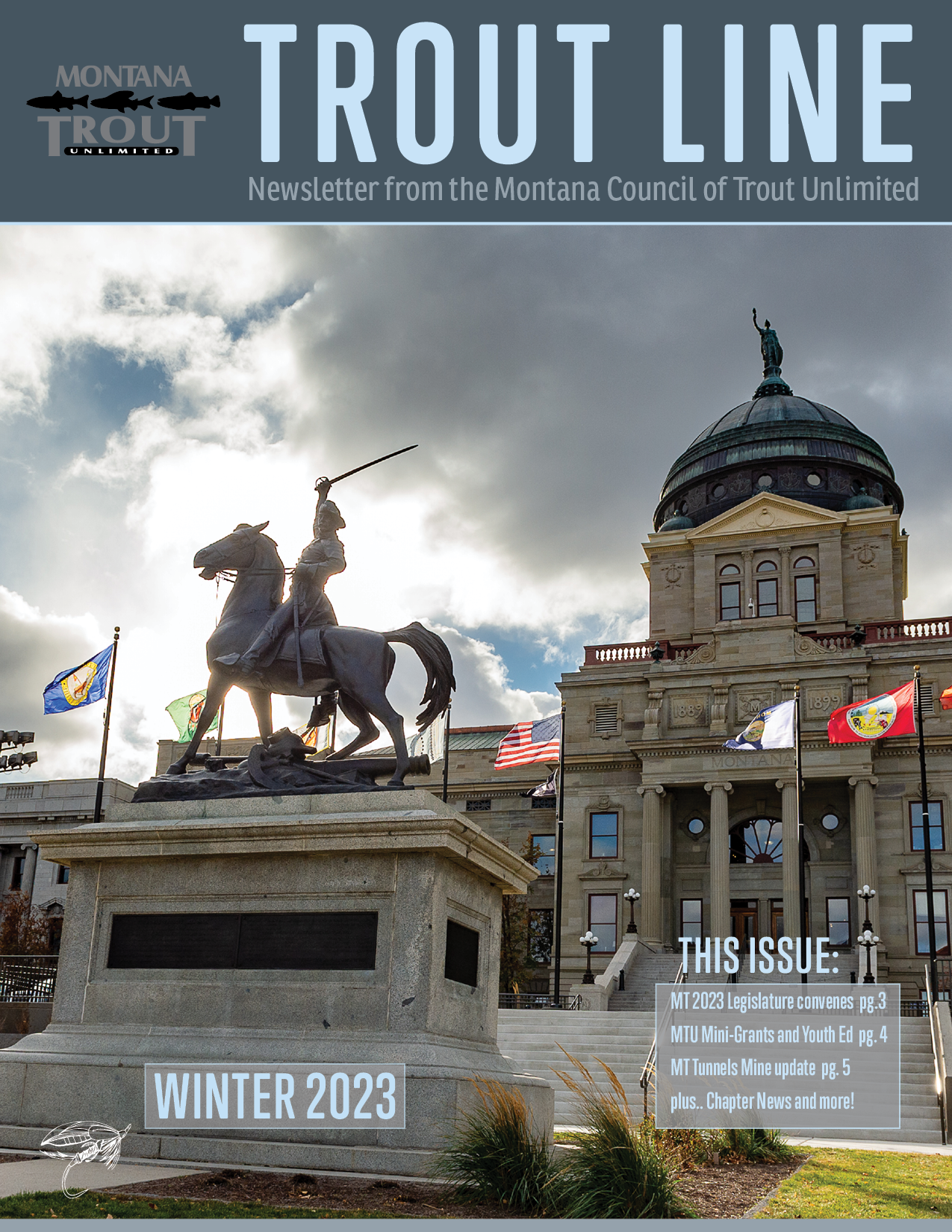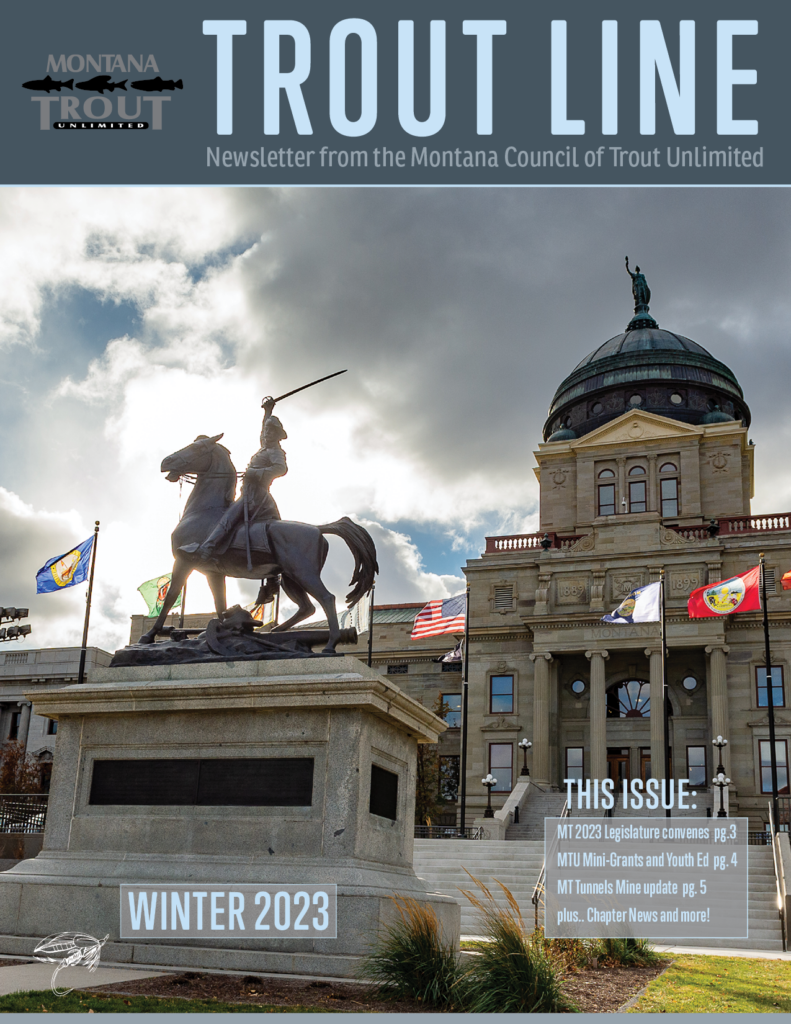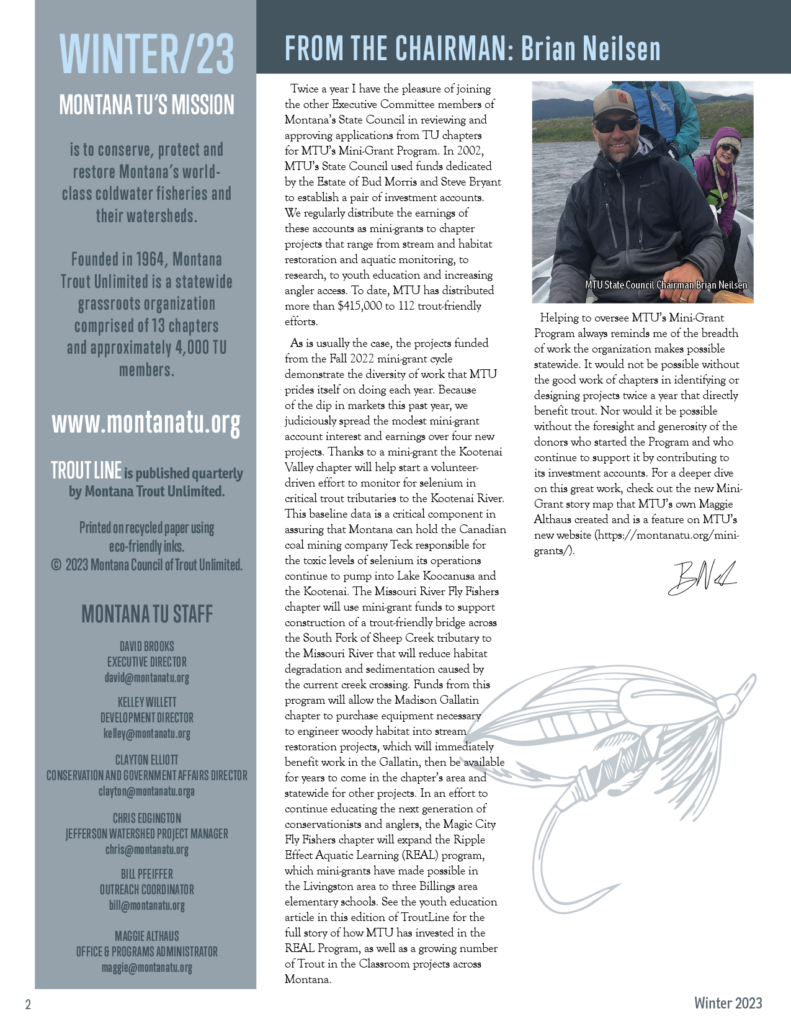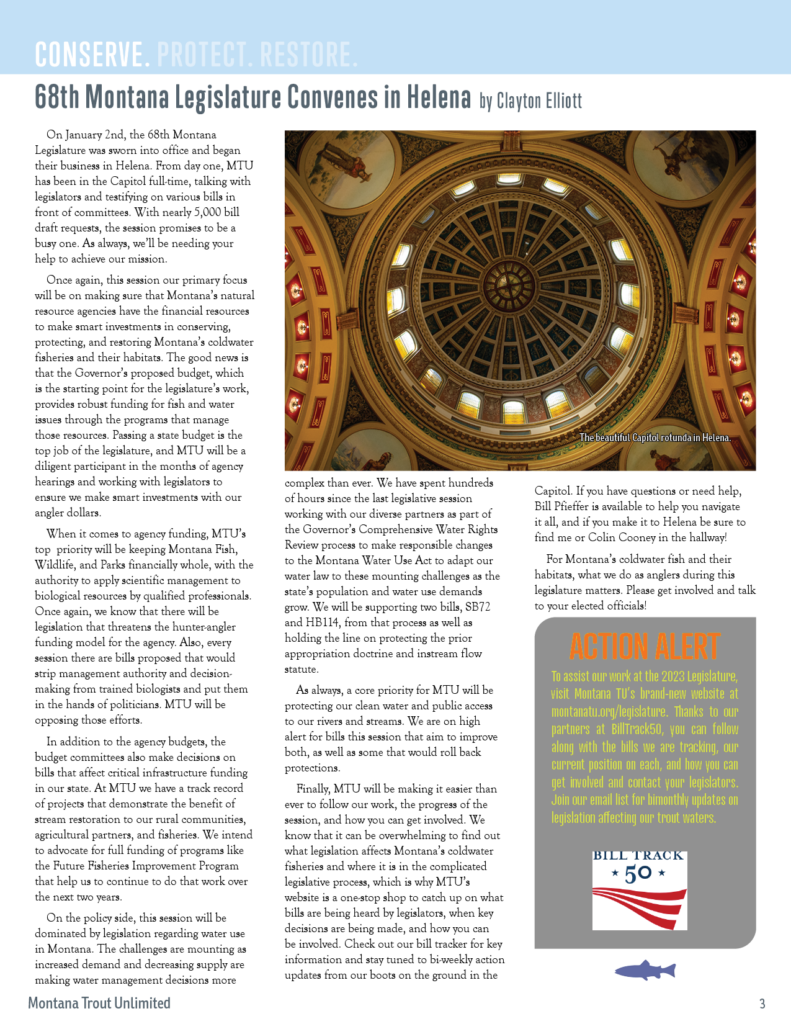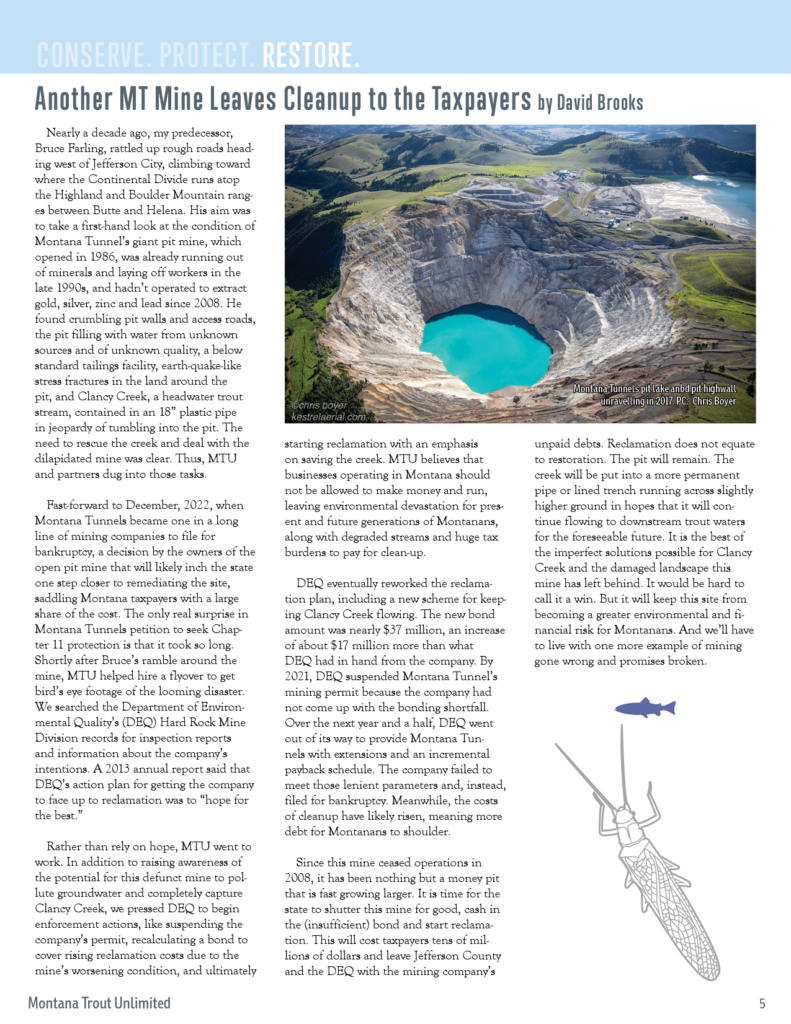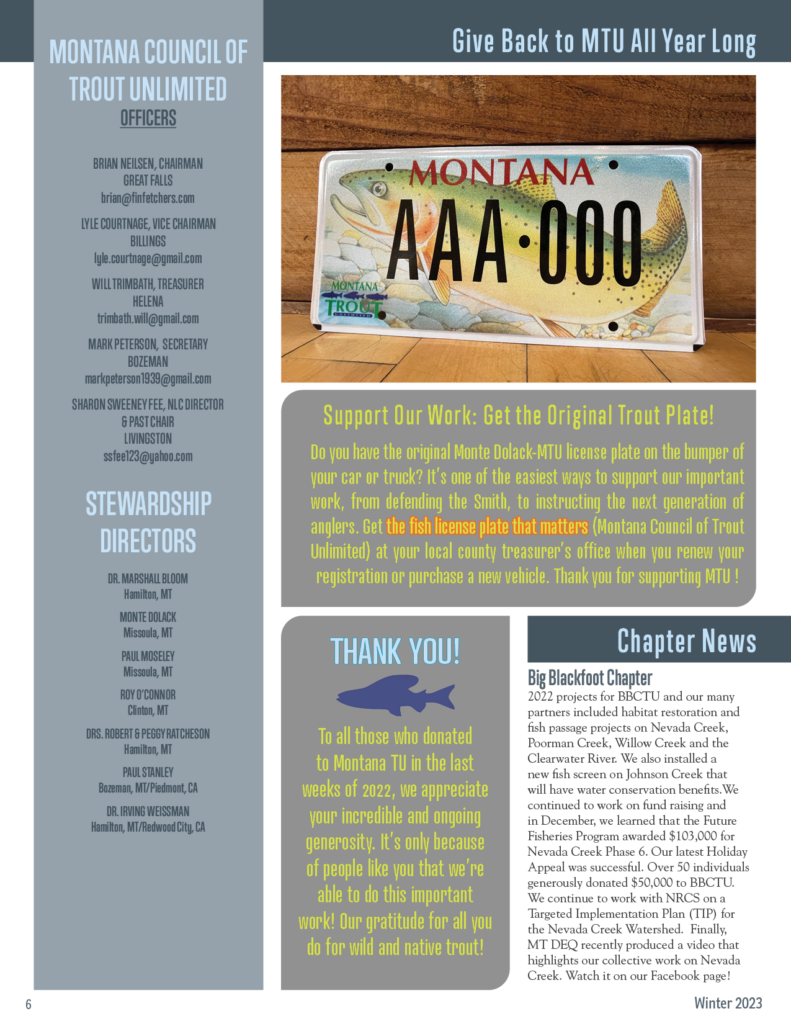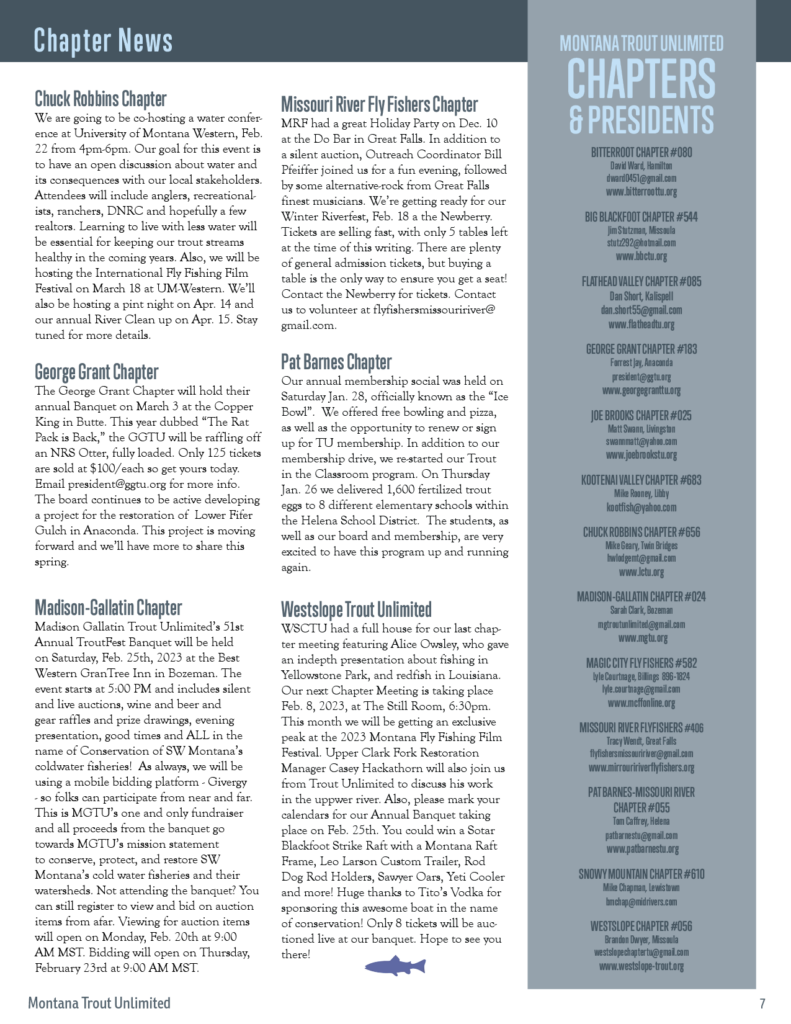Arctic grayling are one of Montana’s most iconic and imperiled native fish and they might soon be gone from one of their last refuges. The Upper Red Rock Lake (URRL) population of grayling have declined to the point that without direct intervention, they may soon disappear entirely. We need your help and support to solve this problem and protect URRL native grayling for future generations.
The problem for grayling in URRL is a lack of oxygen during the winter. Oxygen levels below the ice of the lake fall into the lethal range for grayling. More than a decade of research by USFWS, FWP and many partners leads to the clear conclusion that these fish will vanish unless we find a way to increase oxygen-rich water under the snow and ice cover of Upper Red Rock Lake.
The US Fish & Wildlife Service (USFWS), Fish Wildlife & Parks (FWP), and many partners evaluated dozens of project alternatives, leading to a draft Environmental Assessment (EA) outlining six viable options for saving these grayling. This draft EA is now out for public comment. The USFWS and Red Rock Lakes National Wildlife Refuge decision-makers need to hear from you in support of project alternatives aimed at long-lasting grayling conservation.
Tell USFWS today that ‘No Action’ is not a viable alternative. MTU encourages the agencies to pick a solution providing the most sustainable overwinter habitat for grayling while having the lease and shortest-term impacts to the Refuge and Wilderness.
Given the urgency for grayling, we believe that the underwater diffusers and/or the Shambow pipeline are the bests options for immediate implementation. We believe one, or both of these projects, concurrently or in sequence are needed. Failing to implement a project risks the survival of these grayling, as well as a failure to uphold the values and goals of the Refuge and Wilderness.
View the draft EA HERE. To send your comment via email, click here. For help, check out our sample comment below. You can also mail a letter to:
Elizabeth Tsang U.S. Fish & Wildlife Service, NWRS Planning Division PO Box 25486 DFC Denver, CO 80225
Comments are due by March 28, 2023. As always, if you have any questions about our work, please reach out to us directly at [email protected].
SAMPLE COMMENT
Dear Ms. Tsang,
I believe immediate action should be taken by the USFWS to protect Upper Red Rock Lake grayling. The ‘No Action’ alternative will result in the extirpation of this population. I encourage you to select an alternative to increase overwinter habitat that will have minimal impacts to the Refuge and Wilderness.
Specifically, I believe that underwater diffusers and the Shambow pipeline to be the best options to save these special fish and one or both in succession should be implemented. Thank you for your time and consideration.
Sincerely,
[Your Name Here]
